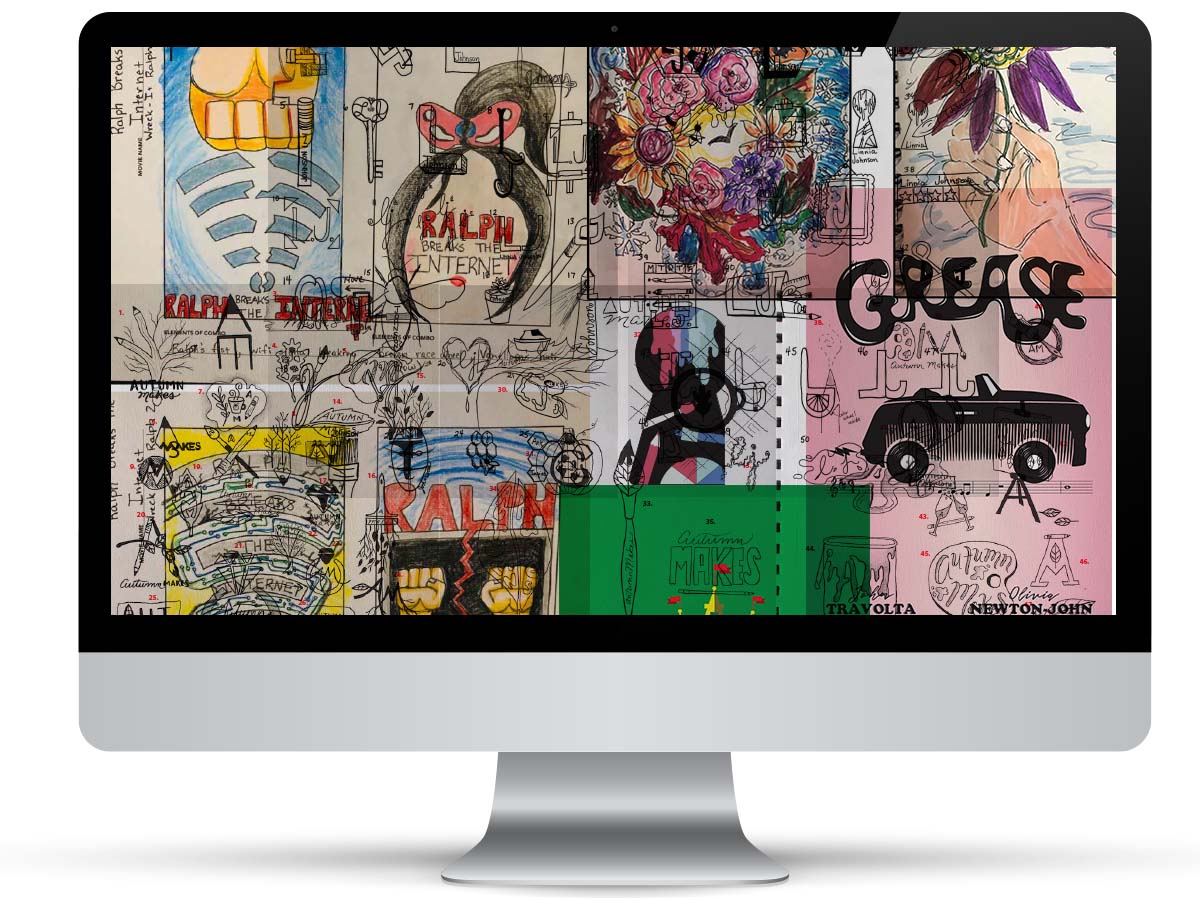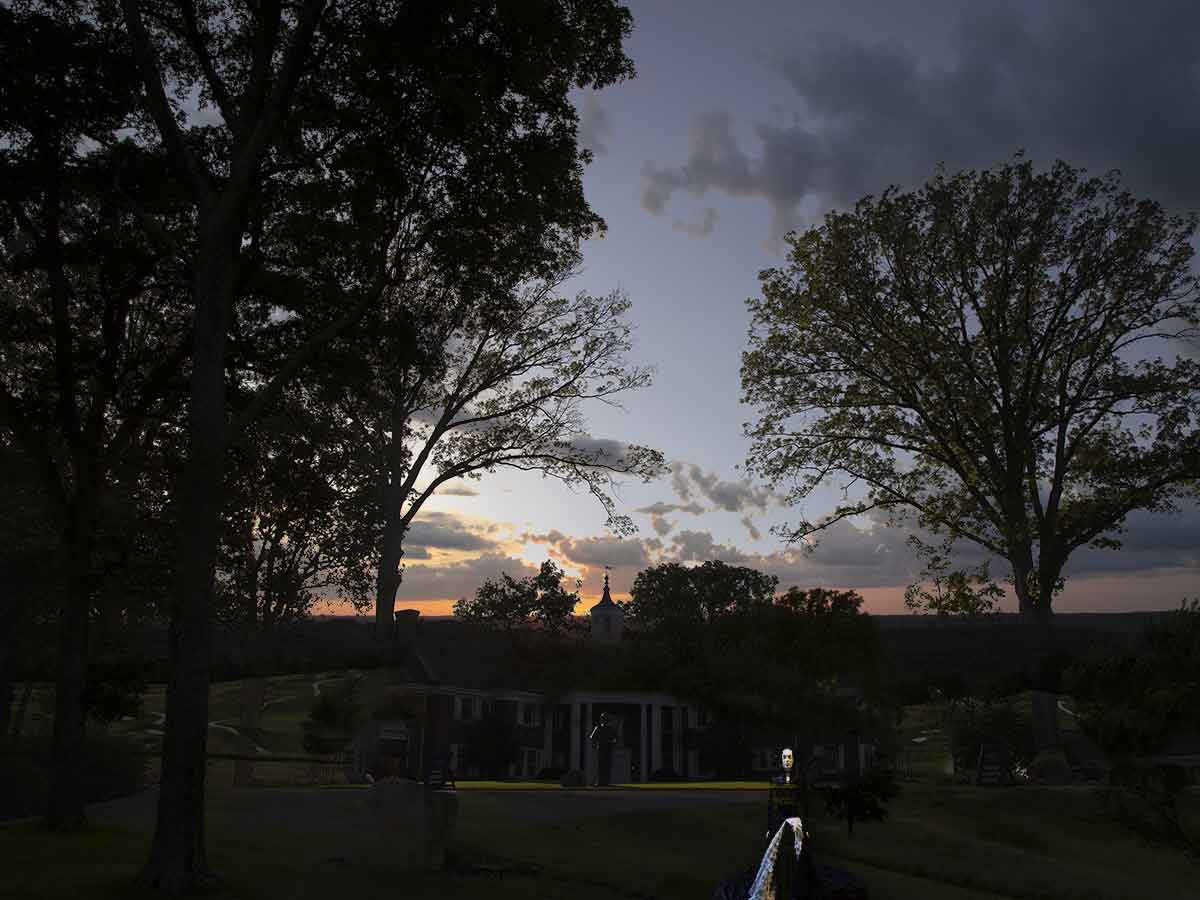Mark Randall
Assistant Professor
The New School, Parsons School of Design
As reflected in the fossil record, honeybees extend back at least 30 million years and were well established as Homo Sapiens emerged. One of the earliest known images of human/bee interaction is from an 8,000, year-old Mesolithic cave painting of honey hunters in eastern Spain.
Bees have not only provided honey and beeswax, they have impacted human society throughout history; creatively, culturally and spiritually. Bees are a powerful metaphor for life; a lens through which we can explore art, design, science and culture.
Building a single-subject course from such rich material, allows for a dynamic and vibrant multi-disciplinary classroom that engages a diverse cohort of design, science and liberal arts students.
Based on student interest at Parsons School of Design, Honeybee Colonies: Art, Design, Science, and Culture was developed to explore the world of the honeybee in all of its complexity. Through science labs in bee biology, a bee-hunting field trip to Central Park, and a visit to a rooftop urban farm in Brooklyn, the course allowed students to experience the natural world in the urban setting of New York City. Guest lectures from designers, artists, an architect, and a filmmaker, demonstrated how bees have profoundly influenced their work.
Informed by their research and classroom experience, each student produced a final project on the subject of their choice. Diverse outcomes included, a line of honey-based skincare products inspired by ancient Egyptian beauty regiments; an agro-tourism business for the student’s family agricultural ranch in Puerto Rico; a cultural collection of honey recipes; and the design of a children’s community garden in Harlem. The universally positive course evaluations underscored students’ deep desire for interdisciplinary learning. This presentation will share how the studio space was activated through the multiple disciplines; and what specific methods and projects supported this approach.
This research was presented at the Design Incubation Colloquium 7.2: 109th CAA Annual Conference on Wednesday, February 10, 2021.



